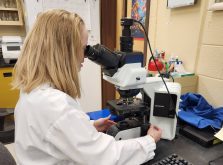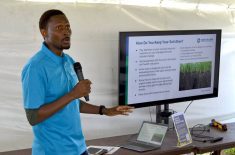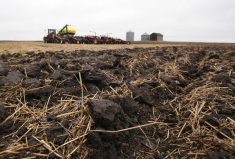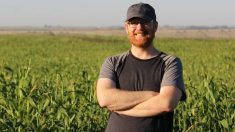Nora Paulovich developed a passion for soil health during her years leading the North Peace Applied Research Association.
Her legacy is that so many other Alberta farmers now share her belief that building soil health needs to be Job 1 on their farms.
Cover crops, integrating livestock into crop production, and regenerative agriculture were among the areas that NPARA explored during her 15 years as its general manager, and all three are key soil health practices that are gaining wider adoption.
“Nora is a leader — she’s also a strategist and a visionary,” said well-known forage agronomist Grant Lastiwka, who worked with her on many conferences.
Read Also
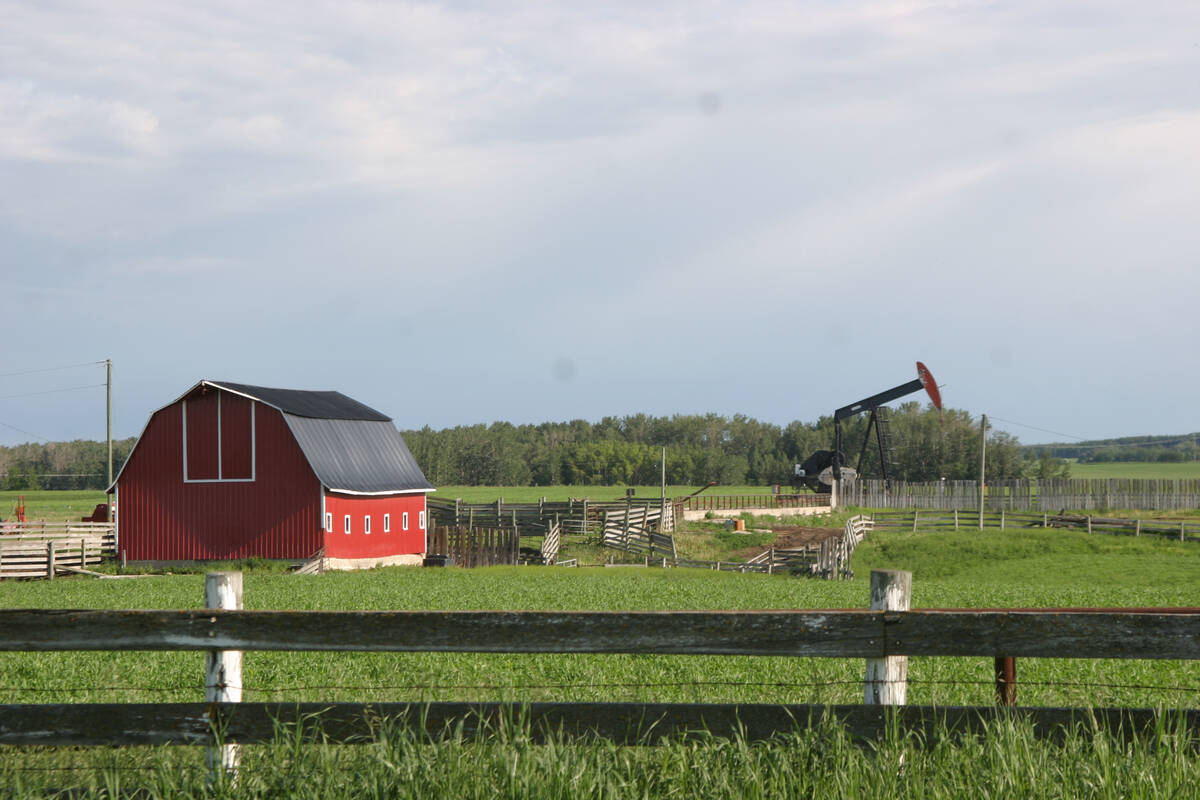
Recommendations in the mature assets strategy could cause potential problems for landholders
The Western Stock Growers’ Association urges producers to pay attention to the potential changes to Alberta’s Mature Assets Strategy.
“Nora looked into soil health quite a few years ago, and realized that this was an area where we could better ourselves in agriculture — and be able to improve our productivity, be more cost effective as producers and be able to mitigate drought and other things.”
It was the practical — better production and a better bottom line — that guided her, said Paulovich, who operates a cattle and grain farm with husband Bob Noble and their adult children.
“I was always interested in how we could decrease our reliance on inputs,” she said. “We need to not have to rely on that so much.”
Through both research and by bringing leading experts from across North America, NPARA has played an outsized role in promoting soil health in Alberta — particularly the idea that improving soil requires both a vision and a holistic system.
It was not a role anyone would have foreseen for NPARA when Paulovich joined the organization. Its research farm consisted of some land and a machine shop housing field-sized equipment that was far too large for plot trials. The organization was little known and mostly critically, not focused on things most producers would be interested in.
“A lot of work was being done on medicinal plants and herbal plants, and it seemed to be targeting more niche crops,” she said. “A lot of people didn’t even know what NPARA was. It was a challenge to expand the research program at the farm, so it was more encompassing of the industry in the area.”
Paulovich had been persuaded to join by the general manager because of her experience as a district agriculturist, but insisted she would only work on a part-time basis. But that changed when the general manager died in an accident and the board asked her to take over.

Many changes ensued, starting with a camp shack for a field office (and washrooms) and a sea can shipping container for storing tools and such.
“We managed to purchase a plot drill and a plot combine and that opened us up to doing different variety trials, fertility trials and proprietary research,” she said.
Paulovich was also able to draw from the network of people she’d met working as a district agriculturist in the Peace Country, and started connecting the organization with more farmers in the area.
“With my extension background, that turned out to be the part I loved the most,” she said.
In 2013, Tom Fromme joined as research co-ordinator and helped move the group’s programs forward.
But a pivotal moment was when she learned of the practices of North Dakota farmer Gabe Brown, who had improved the health of his land by using methods such as cover cropping and integrating livestock.
“It really sparked my interest about how we could work with nature,” said Paulovich. “Up to that point, we had just been using the soil as a medium, providing all the inputs to make it grow. It just made more sense to work with Mother Nature.”
She brought Brown up to Peace Country for a few conferences, and there was great interest among farmers in the area, including Paulovich herself.
“I strongly believe in soil health and regenerative agriculture,” she said. “I see it as the way of the future. I don’t see how we can continue down the path of high-cost inputs. And we’re depleting our soil so much.”
Her search for more information sparked another light-bulb moment.
“I went to a few (soil health) conferences in the States and I thought, ‘Why don’t we have one in Canada? This is ridiculous.’”
And so she got to work and played a key role in changing that. She took the idea for a soil health conference to the Applied Research and Extension Council of Alberta, the umbrella group for farmer-directed research organizations like NPARA. Her colleagues were excited about the project and set about organizing a soil health conference in 2015, which ended up merging with a grazing conference (thanks in large part to Paulovich’s connections in that sector).
“In doing so, it became bigger,” said Lastiwka. “Through all of this — the excitement around it, the attendance that sold out weeks in advance — we knew we were on the right path.
“All of us who had been part of that were very committed to following, to partnering, to contributing to Nora’s leadership, vision and strategy because we realized it could be all our own, too.”
The pandemic derailed the 2020 version of the Western Canada Conference on Soil Health & Grazing, but the always-sold-out event will return next year.
In addition to working on the family operation (and doing some pandemic-delayed travelling), Paulovich is chairing the 2022 conference and, in doing so, helping to ensure the interest in soil health continues to grow.






